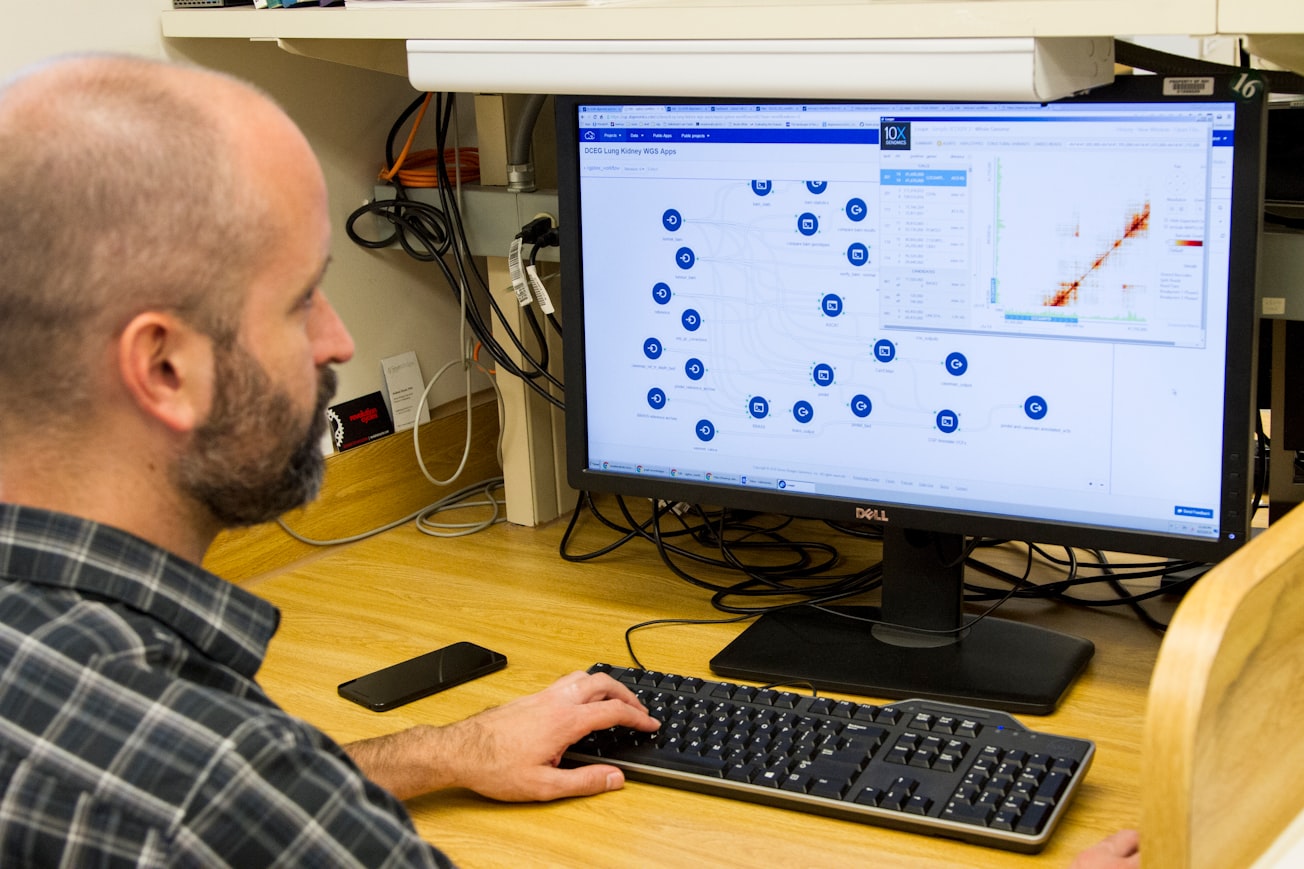What is it about?
Visceral leishmaniasis (VL) is a deadly sandfly-borne parasitic disease. It is characterised by strong clustering in space and time and a high proportion of asymptomatic infection (75-95%). Five to twenty per cent of treated cases in the Indian subcontinent develop a secondary skin condition, post-kala-azar dermal leishmaniasis (PKDL), and are infectious to sandflies but often go undiagnosed. We use a novel statistical inference framework to reconstruct transmission trees to estimate the rate of spread of infection around VL and PKDL cases and asymptomatic individuals in space and time and their relative contributions to transmission.
Featured Image

Photo by National Cancer Institute on Unsplash
Why is it important?
Visceral leishmaniasis is targeted for elimination as a public health problem (<1 case per 10,000 people at sub-district level) in the Indian subcontinent, but the target has not yet been reached in India despite falling case numbers. To reach the target, it is essential to establish how far and fast infection spreads around individuals infected with the parasite that causes VL and how much different infection states contribute to transmission so that control interventions can be targeted in space and time, as resources are limited. Novel inference methods are required to do this as asymptomatic infections are unobserved and existing models do not account for spatial clustering. Our results show that transmission is highly focal around cases, that PKDL cases contribute significantly to transmission as VL incidence decreases, that asymptomatic individuals contribute relatively little to transmission, and that cases with long diagnosis delays generate large numbers of secondary cases. These findings suggest that active case detection should be enhanced and focused around VL and PKDL cases to reduce diagnosis delays and onward transmission, and that active case detection should be prioritized over indoor residual spraying of insecticide.
Perspectives
The inference methods developed in this article have relevance to many other diseases with lots of unobserved asymptomatic infection, including COVID-19.
Lloyd Chapman
University of California San Francisco Mission Bay Library
Read the Original
This page is a summary of: Inferring transmission trees to guide targeting of interventions against visceral leishmaniasis and post–kala-azar dermal leishmaniasis, Proceedings of the National Academy of Sciences, September 2020, Proceedings of the National Academy of Sciences,
DOI: 10.1073/pnas.2002731117.
You can read the full text:
Contributors
The following have contributed to this page







